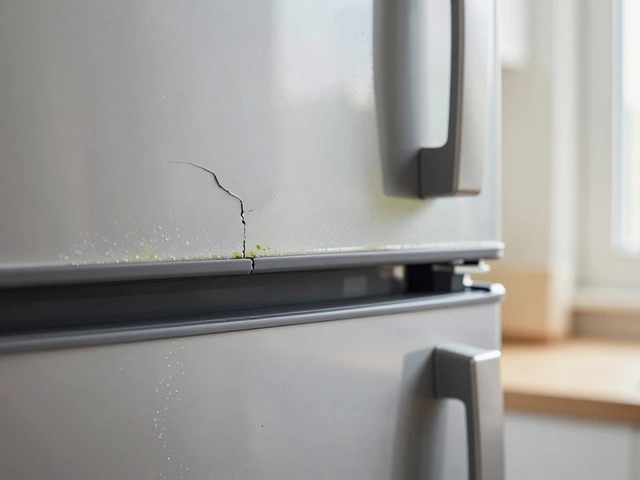Bathroom Fan Problems – How to Spot and Solve Common Issues
When dealing with Bathroom Fan, a compact appliance that pulls moisture and odors out of the bathroom. Also known as extractor fan, it keeps walls dry and stops mold from taking hold.
Ventilation is the backbone of any bathroom fan system; without adequate airflow, the fan can’t do its job. The Fan Motor, the heart of the unit, determines both performance and noise level. When the motor slows, you’ll notice weaker suction and a louder hum. Bathroom fan problems often start with one of three triggers: excess humidity, a worn‑out motor, or a blocked duct. Understanding these triggers helps you decide if a quick clean‑up will do or if a replacement is needed.
Excess humidity is the most common culprit. When hot showers raise the moisture level, the fan should spin faster to expel the steam. If the fan stays quiet, the humidity stays trapped, leading to condensation on tiles and the dreaded mold smell. Check the Humidity sensor (if your model has one) and make sure the grille isn’t clogged with dust or soap scum. A simple brush or vacuum can restore airflow, and you’ll hear the fan pull a steadier stream of air.
Motor failure shows up as intermittent operation or a grinding noise. The motor’s bearings wear out over time, especially in high‑use bathrooms. When the motor stalls, the fan may still turn but without enough force to move air, creating a rattling sound. If you notice this, disconnect power, remove the fan cover, and give the blades a spin by hand. If they feel stiff, the motor likely needs replacement. Swapping out a motor is a DIY job for those comfortable with basic wiring, but always double‑check that the new motor matches the original’s amperage and voltage.
Noise isn’t just annoying—it can signal airflow problems. A whistling fan often means the duct is too long or has sharp bends, creating turbulence. Conversely, a humming fan might be operating correctly but is installed too close to a bathroom wall, amplifying sound. Adding an acoustic liner inside the duct or choosing a fan with a lower decibel rating can calm the noise. Remember, the fan’s Airflow Rating (measured in CFM) should match the bathroom size; undersized fans struggle and get louder.
Wiring issues are another hidden source of trouble. Loose connections, corroded terminals, or an outdated fuse can cause the fan to cut out randomly. Before you replace any parts, turn off the circuit breaker, remove the fan cover, and inspect the wiring for signs of wear. Tighten any loose screws and replace frayed wires with the same gauge. If the fan still flickers, the problem may be in the wall switch—many homes use a simple pull‑chain switch that can fail after years of use.
Regular maintenance can prevent most of the headaches listed above. A quarterly clean of the grille, a yearly check of the motor and wiring, and an annual inspection of the duct for blockages keep the system humming smoothly. Keep a small screwdriver set, a vacuum with a brush attachment, and a multimeter handy; with these tools you can diagnose most issues before calling a professional.
When the fixes become too involved—like a motor that needs rewinding or a duct that requires restructuring—it’s wise to call a qualified ventilation specialist. They can ensure the replacement complies with local building codes and that the fan operates at its rated efficiency.
Below you’ll find a curated collection of articles that dive deeper into each of these topics, from step‑by‑step motor replacements to choosing the right CFM rating for your bathroom size. Browse the list to get the exact guidance you need for any bathroom fan problem you’re facing.
Struggling with a noisy or non-working extractor fan? Here’s how to diagnose, repair, and maintain your extractor fan like a pro—no technical jargon required.


